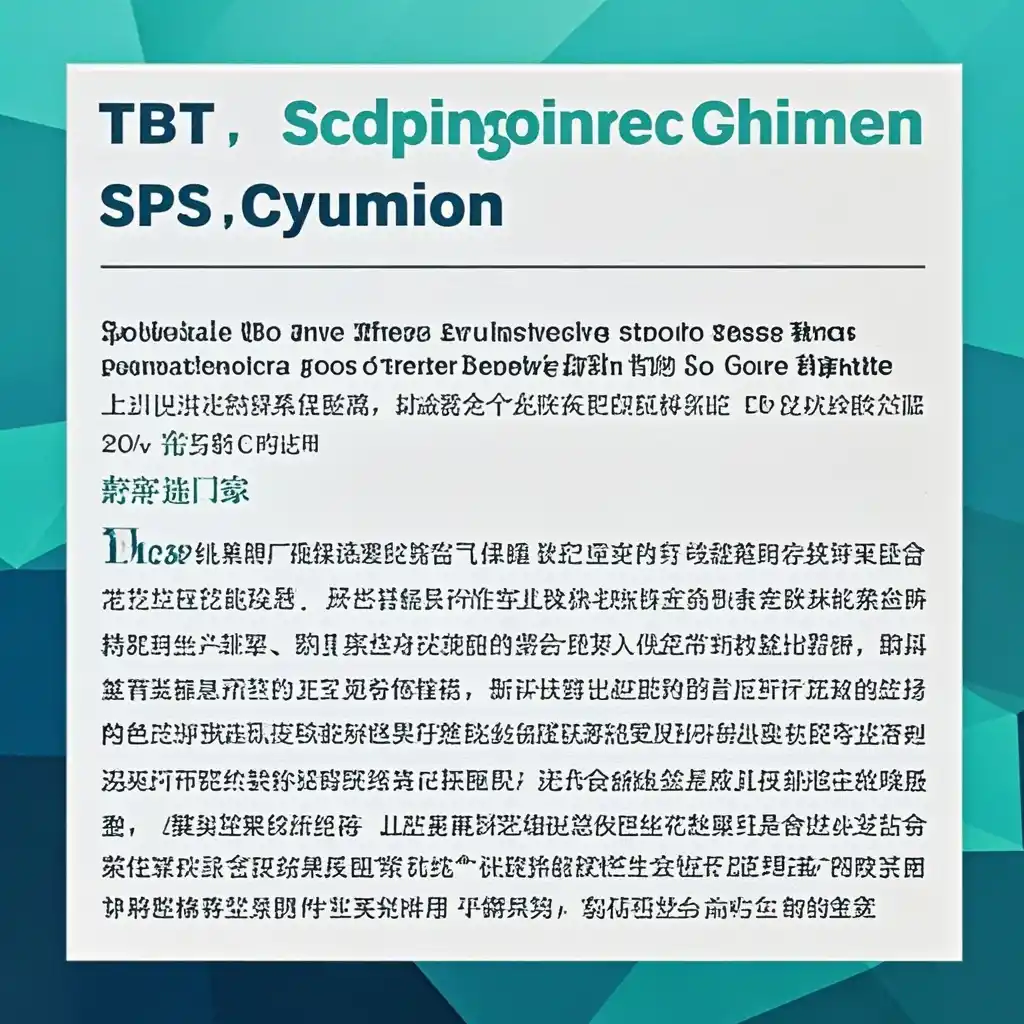

In the era of globalization, cross - border e - commerce has been booming, presenting numerous opportunities for enterprises. However, it also faces various challenges, among which Technical Barriers to Trade (TBT) and Sanitary and Phytosanitary (SPS) measures are significant non - tariff barriers that cannot be ignored.
1. Background
With the development of international trade, countries are increasingly concerned about product quality, safety, and environmental protection. TBT and SPS measures are designed to protect consumers, animals, plants, and the environment. For example, in the food industry, an importing country may set strict SPS standards on pesticide residues, food additives, and microbiological limits to ensure the safety of its citizens. In the electronics industry, TBT may include regulations on product electromagnetic compatibility, energy efficiency, and safety standards.
Cross - border e - commerce enterprises, which often rely on the efficiency and cost - effectiveness of international trade, are particularly vulnerable to these barriers. These enterprises usually deal with a large volume of small - batch goods, and they need to comply with different regulations in different target markets.
2. Barrier Challenges
Firstly, the complexity of TBT/SPS regulations is a major challenge. Different countries and regions have their own unique requirements. For instance, the European Union has a very detailed set of regulations regarding the safety of toys, including strict limits on the content of certain chemicals. A cross - border e - commerce enterprise that wants to sell toys in the EU market needs to thoroughly understand and comply with these regulations. This often requires a significant amount of time and resources for research and product adjustment.
Secondly, the constantly changing nature of these regulations poses difficulties. Regulatory bodies may update their TBT/SPS measures frequently in response to new scientific findings or emerging issues. For example, in the face of new environmental concerns, a country may suddenly introduce more stringent requirements on the packaging materials of products. This can catch cross - border e - commerce enterprises off - guard, resulting in inventory that no longer meets the new standards and potential financial losses.
Thirdly, the cost associated with compliance is high. Enterprises need to invest in product testing, certification, and quality control systems to meet TBT/SPS requirements. For small and medium - sized cross - border e - commerce enterprises, these costs can be a heavy burden. For example, to obtain a certain international quality certification for a new product line, an enterprise may need to spend tens of thousands of dollars on testing and documentation preparation.
3. Strategies
3.1. Proactive Research and Monitoring
Enterprises should establish a dedicated team or outsource to specialized agencies to research and monitor TBT/SPS regulations in their target markets. For example, a Chinese cross - border e - commerce enterprise targeting the US market can subscribe to regulatory news services provided by professional consulting firms. These services can provide timely updates on changes in regulations related to their products, such as new safety standards for consumer electronics. By being aware of these changes in advance, the enterprise can plan product adjustments and compliance measures accordingly.
3.2. Product Adaptation and Innovation
Instead of simply trying to meet the minimum requirements, enterprises can use TBT/SPS regulations as an opportunity for product improvement and innovation. For instance, an e - commerce enterprise selling skincare products may find that a certain target market has strict regulations on natural ingredients. The enterprise can then invest in research and development to reformulate its products with more natural and compliant ingredients. This not only helps the enterprise meet regulatory requirements but also may enhance the product's competitiveness in the market.
3.3. Collaboration and Networking
Cross - border e - commerce enterprises can collaborate with other enterprises, industry associations, and research institutions. For example, in the textile industry, several small - and medium - sized e - commerce enterprises can join an industry association. The association can play a role in lobbying regulatory bodies for more reasonable regulations, sharing compliance experiences among members, and jointly developing solutions to common problems. In addition, collaborating with research institutions can help enterprises stay on top of the latest scientific research related to product quality and safety, enabling them to better anticipate and respond to potential regulatory changes.
3.4. Building a Robust Quality Management System
A well - designed quality management system can ensure that products consistently meet TBT/SPS requirements. This includes establishing strict quality control procedures from raw material procurement to final product inspection. For example, a cross - border e - commerce enterprise that sells food products can implement a Hazard Analysis and Critical Control Points (HACCP) system. This system can identify and control potential hazards at every stage of the food production process, from farming to packaging, ensuring that the food products meet the strict SPS requirements of different markets.
4. Summary
TBT/SPS barriers pose significant challenges to cross - border e - commerce enterprises. However, by understanding the background of these barriers, recognizing the specific challenges, and implementing effective strategies such as proactive research, product innovation, collaboration, and building quality management systems, enterprises can better navigate these barriers. In the long run, compliance with TBT/SPS measures can also enhance the overall quality and competitiveness of cross - border e - commerce enterprises in the international market.